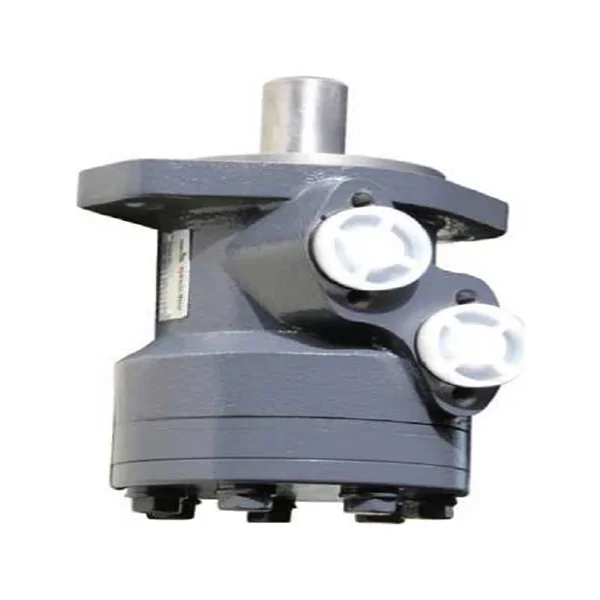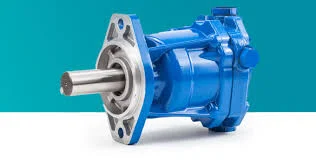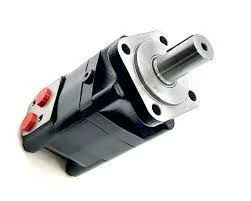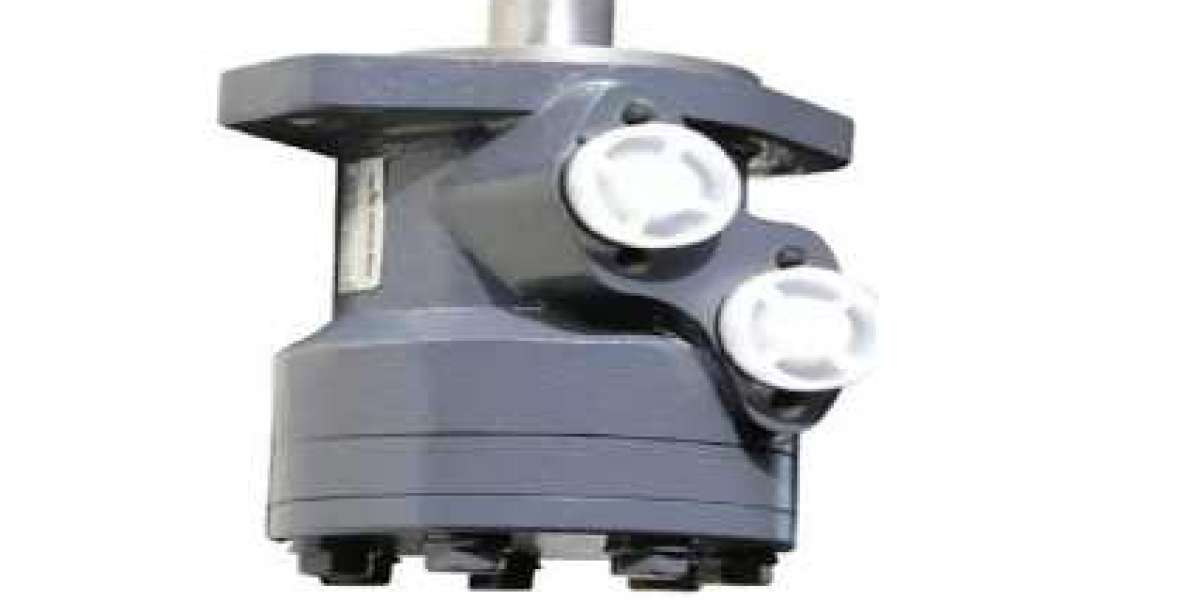Hydraulic motors play a crucial role in various industrial applications, providing rotational power to drive machinery and equipment. However, encountering weak rotation in a hydraulic motor can be frustrating and hinder productivity. In this blog post, we will explore common causes of weak rotation in hydraulic motors and provide effective solutions to overcome this issue. By understanding these factors and implementing the appropriate remedies, you can restore optimal performance and ensure smooth operation.
I. Insufficient Fluid Supply
One of the primary causes of weak rotation in a hydraulic motor is an inadequate fluid supply. Insufficient fluid volume or low pressure can restrict the motor's ability to generate the necessary torque and rotational force. Here's what you can do to address this problem:
1. Check Fluid Level:
Ensure that the hydraulic fluid reservoir is adequately filled to the recommended level. If necessary, top up the fluid according to the manufacturer's guidelines.
2. Verify Pump Performance:
An underperforming hydraulic pump can contribute to weak rotor rotation. Inspect the pump for any internal leaks, damaged components, or worn-out seals. Replace or repair the pump as necessary to restore proper fluid flow and pressure.

II. Contaminated Hydraulic Fluid
Contamination in the hydraulic fluid can also impair the performance of the hydraulic motor, resulting in weak rotation. The presence of particles, moisture, or air bubbles can restrict the flow and lead to inefficiencies. Consider the following steps to mitigate this issue:
1. Regular Fluid Maintenance:
Implement a routine maintenance schedule that includes regular fluid inspections and replacements. This helps prevent the accumulation of contaminants and ensures the hydraulic system operates optimally.
2. Filtration System:
Install effective filtration systems, such as high-quality filters, to remove contaminants from the hydraulic fluid. This helps maintain cleanliness and prolongs the lifespan of the motor and other hydraulic components.
III. Internal Wear and Tear
Over time, internal wear and tear can occur within the hydraulic motor, leading to reduced efficiency and weak rotation. Several factors contribute to this issue:
1. Seal Damage:
Inspect the seals within the hydraulic motor for signs of wear or damage. Faulty seals can cause internal leaks, leading to a loss of pressure and decreased rotational power. Replace damaged seals promptly to restore performance.
2. Component Wear:
Check for worn-out or damaged components such as bearings, gears, or pistons. Replace any parts exhibiting excessive wear to maintain optimal motor performance.

IV. Inadequate System Design
The design and configuration of the hydraulic system can also impact the rotation of the hydraulic motor. Here are a few design considerations to address weak rotation:
1. Proper Sizing:
Ensure that the hydraulic motor is appropriately sized and matched to the load requirements. An undersized motor may struggle to generate sufficient torque, resulting in weak rotation.
2. Pressure Relief Valve:
An incorrectly set or malfunctioning pressure relief valve can restrict fluid flow and decrease rotational power. Verify the valve settings and ensure they align with the manufacturer's specifications. Adjust or replace the valve as needed.
V. Consult a Professional
If you have exhausted all troubleshooting methods and continue to experience weak rotation in your hydraulic motor, it is advisable to consult a professional hydraulic technician. They have the expertise to diagnose complex issues and provide tailored solutions to restore optimal motor performance.

![]()
Conclusion
Weak rotation in a hydraulic motor can be caused by various factors, including insufficient fluid supply, contaminated fluid, internal wear and tear, and inadequate system design. By addressing these issues and following the recommended solutions, you can overcome weak rotation and ensure the hydraulic motor.
Shanghai AJA Technology Co., Ltd. mainly sells products such as hydraulic motors, cycloidal hydraulic motors, hydraulic gear pumps, and supporting various valves, brakes, gearboxes, steering gear, steering column manufacturing and sales; Widely used in plastics, engineering, agriculture, construction, sanitation, petroleum, lifting, food and fishery CNC machine tools and other industries. Welcome to inquiry if you need to know more about hydraulic motor details or order wholesale.
Email:15021387974@163.com








